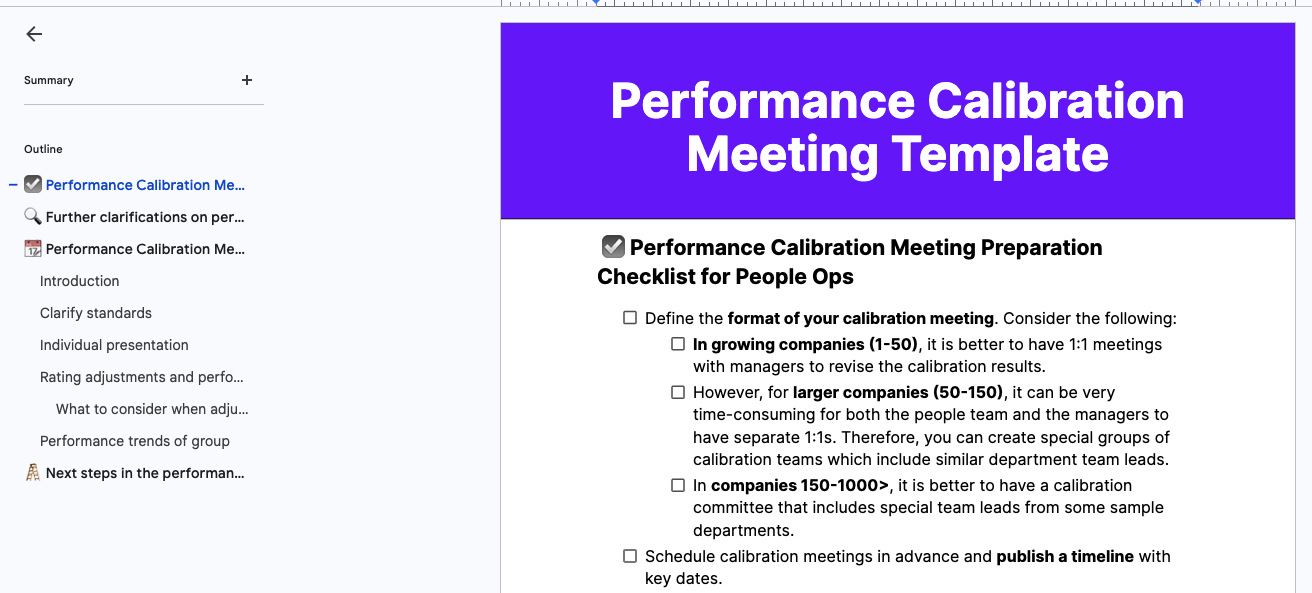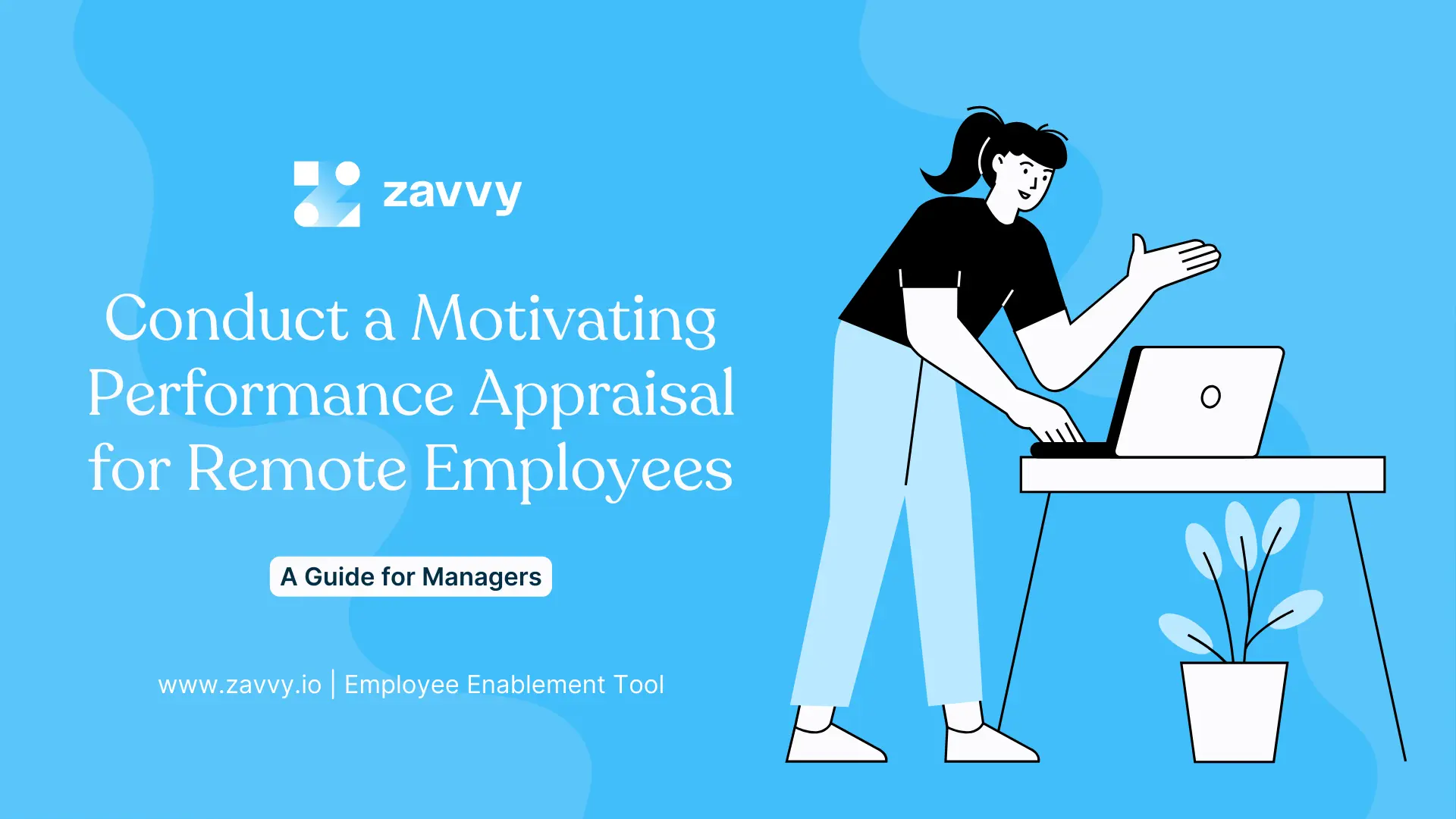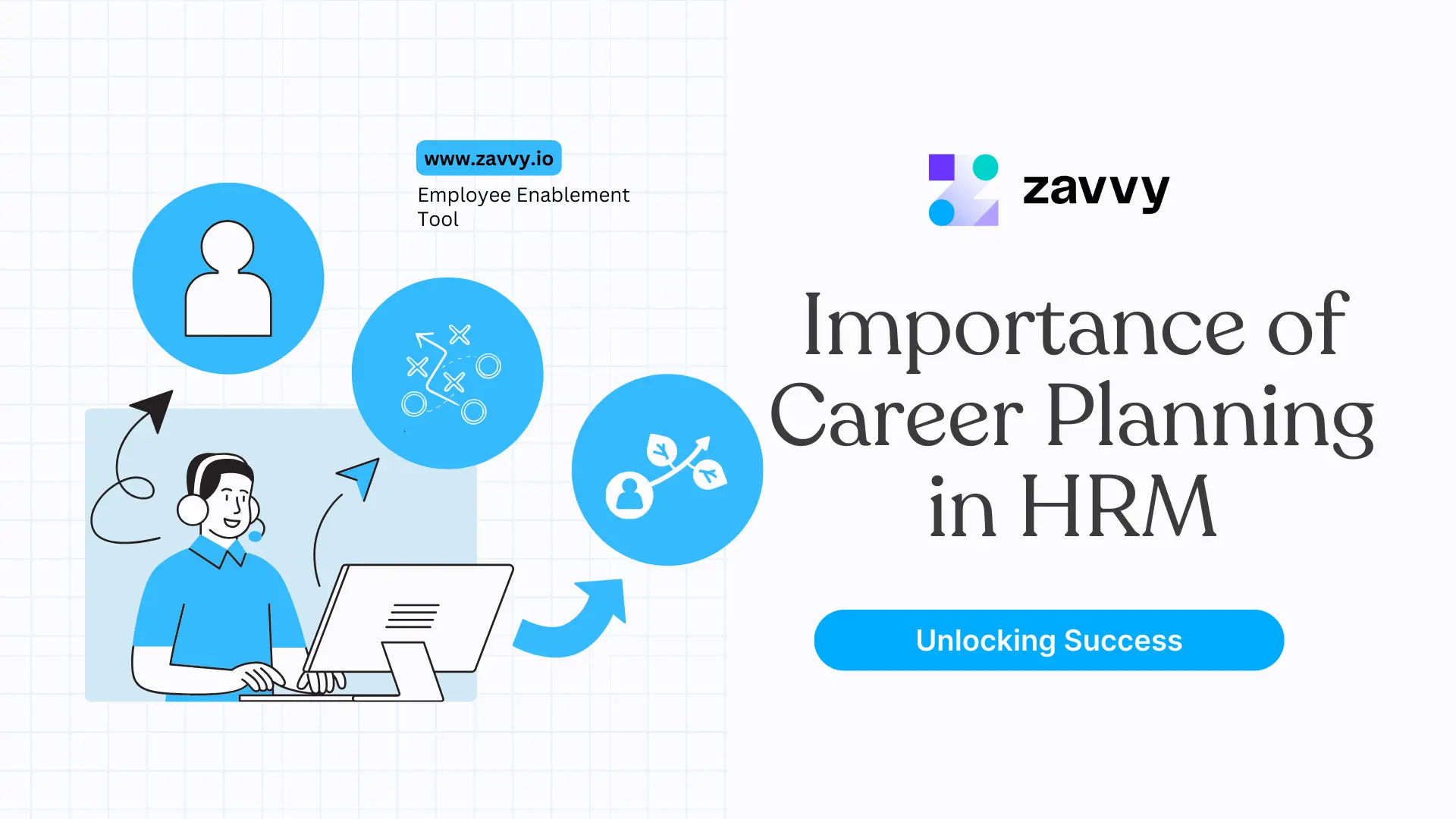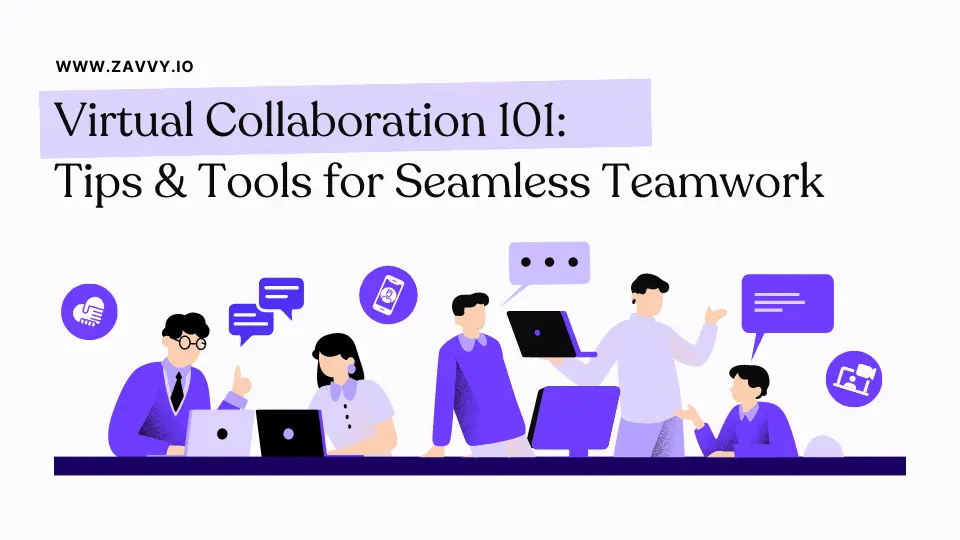
Performance Review Calibration Guide: How to Conduct Fairer Reviews
Zuletzt aktualisiert:
3.1.2024
Lesezeit:
10 minutes
última actualización
3.1.2024
tiempo de lectura
10 minutes
Last updated:
January 3, 2024
Time to read:
10 minutes

If you've ever watched a reality TV talent show like the X Factor or Dancing With the Stars, you'll be familiar with the blend of personalities that make up the judging panel. There's always someone friendly, someone funny, someone serious, and someone who gives harsher scores than their co-judges because it makes for great TV.
But switching from the entertainment industry to the business world, it's this breadth of personalities and unpredictable behaviors that make performance reviews an unlevel playing field.
Imagine the impact if half of your team receives their annual appraisal from an optimistic, encouraging boss who gives generous performance scores.
But the other half receive their review from the managerial equivalent of TV's Mr. Nasty.
On paper, it looks as though this second group hasn't hit the mark—and they can expect less impressive ratings, lower pay raises, and fewer chances of a promotion.
That's where performance review calibration comes in.
After all, what good does a performance review system that depends on your managers' personalities do?
You must make the evaluation process standardized, fair, and easy to follow!
This article will provide you with seven best practices for your company's performance review calibration to ensure that your reviews are effective and unbiased.

⚖️ What is performance review calibration?
Performance review calibration is a process that focuses on rating standards, so reviewers have a uniform set of guidelines to follow when appraising someone's work.
Anyone providing review feedback should come together to discuss and understand how to apply each rating to a reviewee.

The calibration should determine the following:
- How to appraise past work within a set testing period fairly. This period must be the same for everyone (e.g., a year, six months, etc.)
- How to appraise employees in similar grouped roles or job levels — the review should cover the same categories and competencies for everyone.
- The review's scoring system, including specific performance criteria for each mark/rating.

🫱🫲 What does the performance calibration meetings process look like?
Performance review calibration meetings typically happen at the end of the review cycle.
A performance cycle typically has six key stages:
- Define your expectations: clarify what each reviewee must achieve to score a particular rating.
- Prepare your performance review: Decide who will be involved in providing feedback. You might incorporate upward, downward, and peer feedback into a 360-degree review cycle.
- Review your questions and rating scale: this important stage focuses on appraisal input rather than output. Check the language used in your questions to ensure bias hasn't crept in. Humans have 188 implicit biases to contend with, and awareness of this stops us from asking leading questions.
- Conduct calibration checks: use best practices (see below) to work through your list.
- Hold a calibration meeting: to discuss the results with HR leads and fellow reviewers. Individual reviewers may need to adjust their scores or feedback.
- Feedback and revision: you'll deliver the feedback (with revisions as necessary) to your reviewees at this final stage.

💡 Discover 30+ scientifically-backed best practices for conducting performance reviews.
Who should be involved in the performance review calibration process?
Set up a performance review calibration committee.
It should include:
- Supervisors and managers who are responsible for delivering feedback to employees.
- Executive leader for the specific business unit whose performance is under review who can clarify the unit's objectives and holds the critical data for measuring performance.
- HR leaders who will oversee the entire calibration process.
This combination of people will come together to review employee ratings, define what the ratings stand for on a precise performance review scale, and justify the rating delivered to each person.
Tip: To minimize the chance of bias in performance management, your calibration committee should include people from diverse backgrounds and cultural experiences.
🏆 4 Compelling reasons to use performance management calibration
It's hard for companies to admit that their performance review system needs calibrating.
Can't we allow leaders to exercise judgment on their individual employees' performance and give them the benefit of the doubt that they're managing this well?
If you do, you will miss out on the following four benefits of performance management calibration!

Generate consistent performance ratings
Picture this: When a hospital opens a box of thermometers, the medical staff must know that each device is calibrated to measure temperature consistently. They want instruments that will accurately analyze a patient's core temperature so they can diagnose their condition and build a treatment plan based on their current vital statistics.
A faulty thermometer that measures temperature much lower or higher than our standard Celsius or Fahrenheit scales could result in missed opportunities to prescribe treatment, with potentially serious outcomes.
The concept of calibration in performance management works the same. It's about consistency and equality.
When your reviewers stick to a strict set of standards, you have the reassurance of knowing you can trust your performance ratings.
You know every employee has received a fair review without the risk of unusual numbers creeping into your figures.
Define requirements for employees to hit high-performance ratings
When you're having that employee performance conversation, calibration provides an irrefutable structure for employees to work with on their career development path.
Let's say an individual contributor earns a mediocre 6 out of 10 for communication. They'll know precisely why they achieved this score and what they can do to earn an 8 or 9 out of 10 next time.
They'll also feel reassured that their colleagues who equally struggle with communication won't receive higher marks than them in this area.
Improve your performance review's reputation
Employee reviews haven't always had a great reputation.
Gallup research reveals that only 29% of employees believe their performance reviews are fair.
And only 26% confirm they're accurate.
But this changes when your workforce knows you're doing everything possible to make performance management fair.
McKinsey research confirms that 60% of employees who believe their company's performance process is fair also believe it to be effective!
When your employees accept your calibrated performance management system, you can expect their productivity and level of performance to soar.
The proof?
Our employee feedback statistics reveal that 65% of employees claim they'd work harder if their managers actively recognized their efforts through feedback.
Reduce rater bias to deliver fair reviews
Every single reviewer brings their set of biases to the table. Even with the best intentions, we all have unconscious biases that affect our ability to deliver fair reviews.
Brooks Scott, Executive Coach and CEO of Merging Path, explains:
"As professional, experienced, and self-aware as we may think we are, it's impossible to remove bias from systems created or implemented by humans. Don't try to eliminate; try to mitigate.
Tip: Assign one person in your performance review calibration session whose sole function is to flag words, phrases, and sentiments that are open to interpretation. Although many forms of bias in the workplace are unconscious, you don't have to be an expert in bias to measure subjectivity against objectivity.
If an evaluator makes a point about an individual's performance that is not collectively actionable, specific, and measurable, it's probably coming from their bias and, thus, shouldn't be used either for or against someone."
We can't eliminate all our biases — they're a natural cognitive response. But we can take steps to minimize them.
The first step is being aware of some common biases and then using the calibration stage to check if they've infiltrated your reviews.
- Recency bias: when reviewers remember the most recent events and forget the fantastic project their reviewee completed six months ago!
- Primacy bias: when a manager's first impression of a reviewee dominates their appraisal.
- Distance bias happens when managers favor employees closest to them over those farther away. This bias is prevalent in remote and hybrid work environments.
- Similarity bias: connections are part of business, but when managers favor employees they feel are similar to them (regarding hobbies, backgrounds, or beliefs), this can affect variability in performance ratings.
- Leniency bias: managers may sympathize with employees who clearly try hard but don't quite make the grade. They may assign a generous performance score as a motivational tool, which is unfair to other employees who have outperformed them.

🧰 7 Performance review calibration best practices
Work the following steps to conduct a winning calibration strategy.

1. Meet for calibration sessions
You'll need to meet more than once for the best results from your calibration sessions, especially when you're first rolling out your revamped performance management strategy.
Assemble your calibration committee following your performance appraisals. You'll discuss your review data from a high level to give you an idea of how your overall team is performing.
But also be prepared to drill down into either individual performance reviews or a representative sample to ensure their scores are fair and bias-free.
2. Plan your calibration session strategy
Discuss the agenda for your calibration check and what you hope to get out of it.
For example, leniency bias may have been problematic in a previous performance cycle. So, your calibration session may focus on identifying further instances of this unconscious bias while ensuring it hasn't been replaced by centrality bias (when managers tend to rank their employees toward the middle of the scale.)
Be clear on the aims of your calibration session and use them to create a clear company standard.
3. Select a scale
Determine the performance scale you want to work with.
For example, you may choose a 3-point scale such as:
- 1=employee doesn't meet expectations
- 2=employee meets expectations
- 3=employee exceeds expectations
However, shorter scales lack nuance, so you may be more comfortable selecting a 5-point scale or up to 10 points if you prefer the additional breadth.
4. Clarify each rating
Be sure to provide precise wording for each numeric value, whichever scale you choose.
Steer clear of using vague language like "average," "agree," or "good," which are all somewhat open to interpretation.
Also, avoid emotional words that may result in subjective interpretations.
Provide documentation to guide reviewers in choosing the correct rating for their employee appraisal.
Example: to score a level 5, the employee must achieve X, Y, and Z within the performance review cycle timeline, and you must be able to submit proof. Proof might include sales figures, customer service scores, or a certification.
5. Map out the distribution of performance scores
During your calibration meeting, you should involve managers and leaders in estimating the rating distribution of performance scores. Specifically, how many of their team do they expect to perform in high, median, and low categories?
Some distribution models to follow include:
- Bell-shaped curve: normal distribution with the top of the bell referring to the mean, median, and mode of the results, while each sloping curve refers to the outlying figures.

- Quota: when managers must give a specific volume of a rating depending on the number of employees they're reviewing.
- Leniency: closer to more positive distribution.
When calibration works effectively, most scores should be spread evenly across the middle ground, with a few outlying scores in the high and low categories. If this isn't the case for your workforce, this is a critical indicator that it's time to recalibrate.
6. Hold 1:1 conversations with managers
Part of any calibration check should be to hold a face-to-face meeting with individual managers to discuss why they've awarded particular scores.
The goal is to double-check that your managers are on the same page about performance standards and, crucially, iron out any bias they may have.
If you notice that Manager A awards higher performance scores to male office-based employees than remote female workers, that's a crucial conversation to have!
In larger companies where it's too time-consuming to hold 1:1s with managers, the alternative is to rely on members of your calibration committee to deliver relevant feedback to respective managers.

7. Adjust performance ratings of employees
Where your calibration picks up any inconsistencies or anything you could construe as bias, you can make the necessary adjustments to increase a feeling of fairness. Always document the changes you make and the reasons for doing so.
Remember: appraisal calibration provides valuable insights into how well your performance management system is working. Learn from them to improve the process for future cycles!
📝 Two handy templates you can use
To make this whole process a bit more concrete and tangible for you, we've created 2 templates you can use right away.
1) Calibration spreadsheet

🔍 Use this spreadsheet to enter your data per person before and after calibration. Automatically get a bell curve and handy statistics per department.
2) Calibration meeting guide & checklist

🔍 Use this template to guide your calibration meetings to run a more structured and completeprocess.
➡️ Request both performance calibration templates here for free
➡️ Create a fair and consistent performance review process with Zavvy
Wondering how to create a high-functioning workplace based on a fair performance management culture?
Zavvy's 360-degree feedback system makes it easy to manage your review cycles in a fair, supportive, and bias-free way. Once you've collected all manager feedback, Zavvy will enable calibration for your leaders. Your employees will only see the calibrated scores.
Best of all? It's fully automated so that you can collect and deliver meaningful performance feedback at the click of a button!
Book a free demo to take our performance review software for a spin!

❓ FAQs
Check out our answers to the most common questions on performance review calibration.
Why calibrate performance appraisal ratings?
Performance review calibration standardizes the entire process to make appraisals fair for every employee at your company.
Plus, calibration reduces subjectivity by producing objective data to work with.

What happens at a performance calibration meeting?
A calibration meeting primarily checks for inconsistencies in your performance reviews.
A calibration committee first creates, then sticks to a strict set of performance review standards. The aim is to be transparent and reduce bias in the appraisal process.
Depending on the size of your organization, you'll either choose to review every performance review or select a representative sample.
Remember: divide full-time, part-time, and interns into separate groups.
Where inconsistencies exist, this suggests either bias has crept into the review process, or the reviewer is inexperienced and still completing their training period.
Either way, the calibration committee will work with managers to address these and adjust ratings accordingly to level the playing field.
What are the best ratings for top performers?
There are no set criteria for top performance ratings.
It's up to your calibration committee to define the scores your employees need to be top performers. After that, it all comes down to labeling each numeric value of your rating scale, then clearly communicating these values with your employees and the managers reviewing them.
Who is responsible for calibration?
A calibration committee is set up expressly for this process. While you may invite anyone to join the committee, typically, this role is best suited for higher-level managers involved in performance reviews, executive leaders of the business unit, and people team leads.
Read next
Als Nächstes lesen
No items found.
No items found.
.png)





















.png)
























